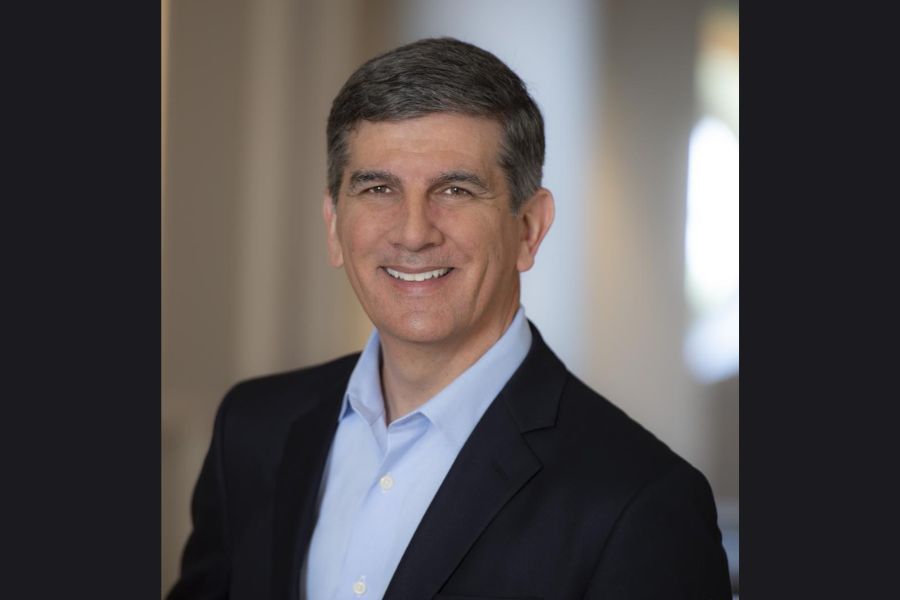New funds add yield
As 2011 wound down, Lee Munson saw an appropriate investment opportunity for many of his clients. But…
As 2011 wound down, Lee Munson saw an appropriate investment opportunity for many of his clients.
But instead of drawing down their money market accounts, he tapped his clients' FDIC-insured bank deposits.
Like many financial advisers and investors in recent years, Mr. Munson, chief investment officer of Portfolio LLC, has moved cash from money market funds to bank deposits insured by the Federal Deposit Insurance Corp.
“Everything's yielding zero, so it doesn't cost anything to add insurance,” he said.
Now mutual fund companies, trying to compensate for the more than $1.4 trillion that has drained from money market funds since their peak in 2008, are creating money-market-like funds that seek to offer the capital preservation and liquidity characteristics of money funds, but with a dollop of extra yield.
Pacific Investment Management Co. LLC launched the first such fund, the Pimco Enhanced Short Maturity Strategy ETF (MINT), in late 2009. It has grown to more than $1.8 billion in assets.
Predictably, Pimco's success is spurring a wave of similar funds, which fit into the small segment of the fixed-income spectrum bounded by money market funds on one end and ultrashort-bond funds on the other. Within that space, the funds buy quality- and duration-appropriate corporate bonds, certificates of deposit and Treasury bills.
Putnam Investments, for example, launched its Short Duration Income Fund (PSDTX) in October and Forward Management plans to launch the Forward Floating NAV Short Duration Fund this month.
Meanwhile, Legg Mason Capital Management and Northern Trust Global Investments have similar exchange-traded funds in registration with the Securities and Exchange Commission.
Generally, the funds yield about 90 basis points over the average money fund, which currently yields 0.02%, according to iMoneyNet. But that doesn't include expenses, which range from 35 to 40 basis points, while most money funds are waiving fees in response to thin yields.
But some advisers don't see the extra yield, after fees, as being enough of an incentive to justify taking the extra risk of moving beyond a money fund. To generate that extra yield, the funds buy fixed-income assets just outside the quality range in which money funds invest.
That extra credit risk isn't necessarily worth the extra income boost, said Bedda D'Angelo, president of Fiduciary Solutions Inc.
She recalls clients' clamoring for higher-yielding short-term-bond funds in the mid-1990s when money funds were yielding 3%, which seemed low at the time.
But such bond funds offered a premium of 200 to 300 basis points for the extra risk, so it was worth taking, Ms. D'Angelo said.
In addition, like other mutual funds, the new money-market-like funds have floating net asset values, unlike money funds, which maintain a stable NAV of $1 a share, at least for now.
A formal proposal from the Securities and Exchange Commission about adopting floating NAVs for money funds is expected during the first quarter, according to Karrie McMillan, general counsel for the Investment Company Institute.
Indeed, money-market-like funds already are benefiting from money market reforms enacted by the SEC after the Primary Reserve Fund infamously “broke the buck” in 2008 when it got caught holding debt from Lehman Brothers Holdings Inc. as the firm collapsed.
After the Primary Reserve Fund's collapse, the SEC put restrictions on the length and credit quality of corporate issues that money markets could hold.
For example, money funds are restricted to an average weighted maturity of 60 days. Most of the new money-market-like funds, however, can have an average weighted maturity of up to one year.
MORE INCOME, LESS VOLATILITY
The money-market-like funds combine the riskier assets with the same securities in which money markets invest.
The mix is intended to generate better income than a money fund and lower volatility than a traditional ultrashort-bond fund, said Jeff Carney, head of products at Putnam.
The NAV of Pimco's ETF, for example, has moved less than 1% over the past 52 weeks.
“There are not a lot of good options out there when it comes to cash,” said Charlie Atwill, managing member of Atwill Financial Consulting Group LLC.
He has been keeping about 10% of his clients' holdings in cash to help reduce volatility and overall risk.
Money-market-like funds are appealing as part of a cash portfolio, because, combined with a bank deposit account and a Treasury money market account, they allow at least a portion of the cash position to generate some kind of return, Mr. Atwill said.
The funds are more suited as a place to park cash for the intermediate term, rather than as something investors can dip into for daily re-quirements, said Jerome Schneider, manager of the Pimco Enhanced Short Maturity Strategy ETF.
“Once you're able to identify your intermediate term, you can maximize your return,” he said.
If the Federal Reserve begins raising rates, which it said won't happen until at least next year, higher yields could make money-market-like funds more attractive to Mr. Munson.
“When yields are at 3 or 4%, things get more competitive,” he said.
But as long as rates are low across the board, Mr. Munson plans to continue using FDIC-backed bank deposits.
“The idea of interest is great, but it's really not the point,” he said.
Learn more about reprints and licensing for this article.




